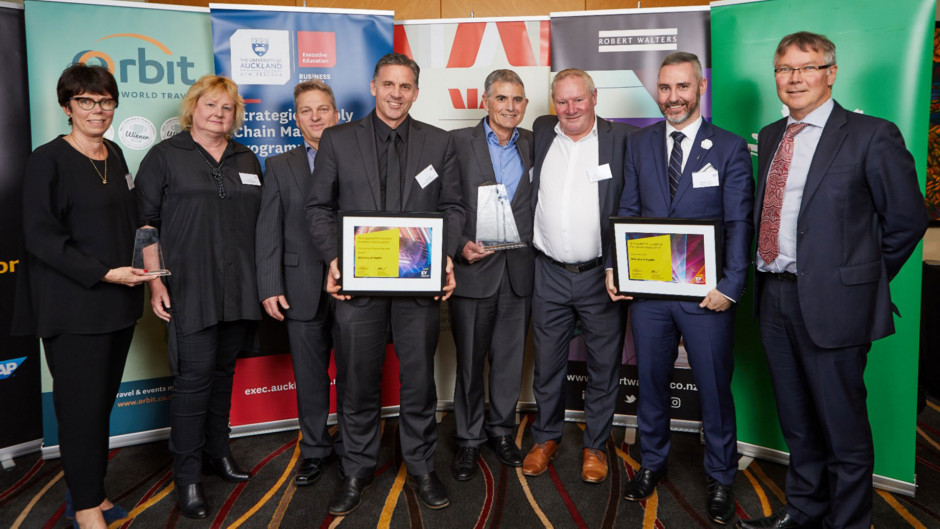Procurement excellence for Ministry of Health’s national Air Ambulance Service
New Zealand’s air ambulance sector operates the third largest air ambulance fleet in the world. Emergency air ambulance services, comprising of pre-hospital emergency and inter-hospital transfer services is a complex high risk service involving many stakeholders.
The nature of these services means critically injured, or ill people, requiring urgent transport in the shortest possible time can receive appropriate clinical care, and can mean the difference between life and death.
It was this critical need that drove the Ministry of Health’s (MoH) large air ambulance procurement project to redesign the national air ambulance service. The project required a high level of inter-agency collaboration over a short space of time, and the process and result was recognised with MoH being judged supreme award winner at this year EY New Zealand Procurement awards. The procurement award judges noted: "They corralled many different skill sets and effectively managed complexity and timeframes. This is probably the largest application in the world of this approach – very impressive."
A procurement solution
Clayton Cleary, Manager Procurement for MoH, said the air ambulance contracts were expiring in October 2018, and there was an opportunity to revamp the service significantly, and drive change.
The existing service was a simple one that had organically grown over the years, with a fragmented service delivery model. The community has high expectations of the service but there were opportunities for improvement. We decided to look at the service delivery model as part of the procurement opportunity.
Clayton Cleary Manager Procurement, Ministry of Health
The air ambulance services at the time had 12 providers throughout the country and an aging fleet. What’s more, the single engine helicopters in use had limitations with regards to interior space for patients and crew, and their delivery of care. It was also a good opportunity to review the funding model.
In the early stages of the procurement process, MoH reached out wide to engage the suppliers, Civil Aviation, District Health Boards, and Accident Compensation.
“By reaching out early it encouraged suppliers to collaborate, to understand there would be competition and a drive to increase standards. This early engagement approach made a difference,” said Clayton Cleary.
Part of the solution was to consolidate from 12 providers across the country and create 3 regions: Northern, Central and Southern. There was also a recognised need for twin engine aircraft. This modern approach aimed to drive centres of excellence and increase accountability.
Change always takes time to bed in
“It was about changing the conversation from an asset to a service. Certainty of service rather than having a helicopter sitting on the pad. Getting people to understand that the asset isn’t the service,” said Clayton.
The new sustainable funding model was also appreciated by District Health Boards (DHBs) and led them to make enhancements to safety and clinical standards for staff on air ambulances.
The success of the project was due to the team’s dedication and absolute belief in achieving the end goal.
Phase one implementing the new air ambulance model is now complete. Clayton said in the next 6-12 months they will use what they have learned so far to shape the next phase. Part of this phase will see the team visit Australia to learn how they are operating in the flying Doctor space. These learnings will help to develop the second phase that will further enhance the service.
There were many reasons this project won the top award at the annual New Zealand Procurement Excellence Awards including interagency collaboration, unwavering dedication by the team and their absolute belief in achieving the end goal in the face of significant community resistance, sector apprehension and general stakeholder guardedness. A great example of how good procurement can be done.
